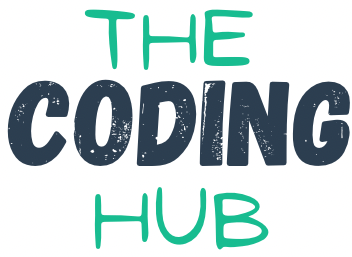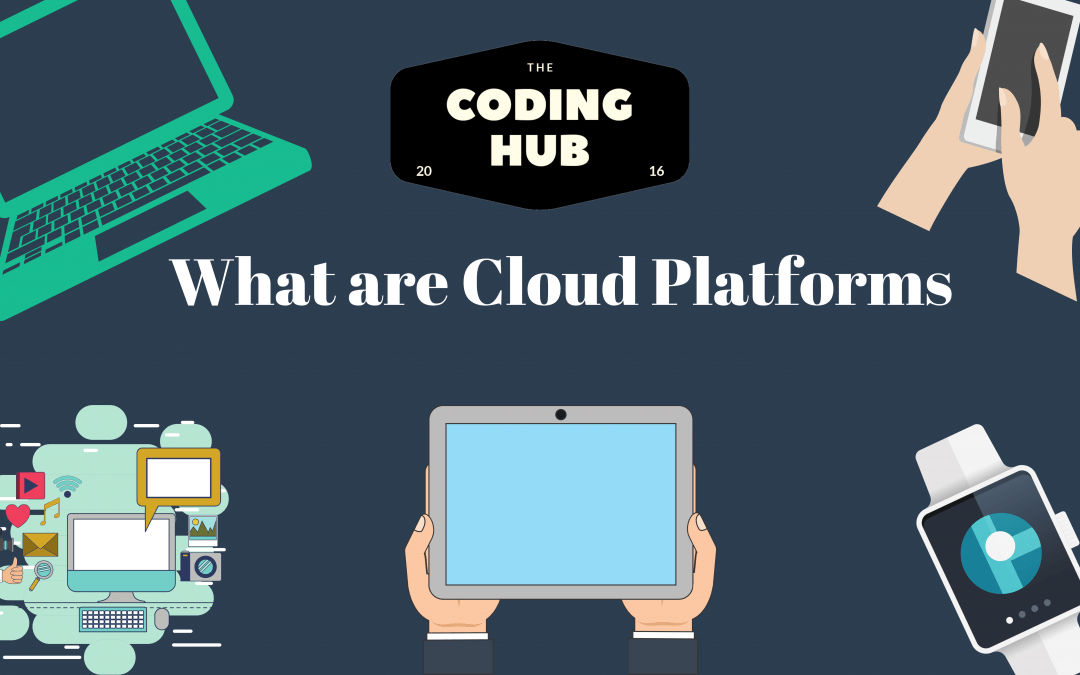Cloud platforms are quickly becoming extremely popular and great ways to host your brand new applications. A cloud platform refers to the combination of both software and infrastructure in an internet based data center. The most common platforms at the moment are AWS, Microsoft Azure and Google Cloud Platform.
Common characteristics between them are that each one charges the user or organisation based on usage. For example if you choose to create a virtual machine, you will be charged for the amount of time that machine is using its CPU and other resources. This can be scary for users who have not used Cloud Platforms before. However, please remember that in the long and short term you end up saving a lot of money compared to traditional methods of having your own servers and paying a consistent amount each month. Ensure to use cloud calculators to get estimation costs and monitor your usage from month to month. If you are unhappy with your costs look to down scale your resources. Mayne you are paying for resources that you are not using fully. Most cloud platforms will provide you with tips and data to back up any suggestions for down scaling virtual machines or other cloud resources.
Cloud platforms are also powerful at creating serverless applications that can scale up or down depending on your user’s usage. Take a look at our Azure functions app tutorial to start creating serverless applications. If you would prefer video format have a look at our YouTube channel for a step by step tutorial.
The ability to use cloud platforms to perform difficult computational tasks is probably the best part of having your application on the cloud. For example Google Cloud Platform allows you to create powerful Artificial Intelligence (AI) models and train them to produce models that you can then use in your application. Normally you would need a very powerful server to do this sort of work which would require a big initial monetary investment. Microsoft Azure how great translation and voice recognition APIs that you can use to throw voice data at and get text back to build voice commands into your application for example.
To tie all of these features into your application and deploy them easily and continuously you need a great DevOps system. Most cloud platforms have great DevOps integrations with platforms like BitBucket or in house built ones like Microsoft DevOps and Google Repositories. This allows development teams to follow DevOps principles to deploy and integrate new features on a regular and continuous basis.
This is just a very small introduction into Cloud Platforms. Take a look at some of the most popular platforms to get a better idea at what is possible. Most provide an initial credit that can be use to test and see how their cloud platform works and charges for resources.

